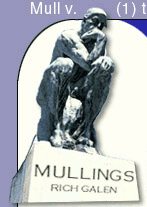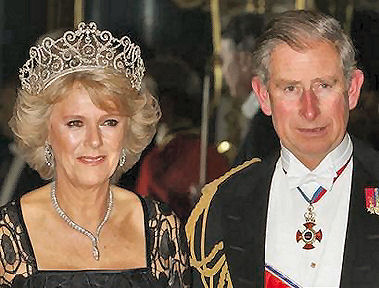


|
|
|
Rich Galen Wednesday October 26, 2005
You can also help your readers understand your meaning if you use metaphors. These are figures of speech that liken one thing to another as if they were the same. Generally, when you use a metaphor, you imply that one thing is another. For example, we might say "He 's a pig" when referring to a man who eats too much, too fast, too noisily. He isn 't really a "pig," but he acts like one, and by associating him with the pig, you can give a mental image of the man and his eating habits.
Similes are also very useful in providing comparative images for your readers. A simile is a figure of speech in which one thing is explicitly compared to another by the use of "like" or "as." Keep in mind that a metaphor says one thing is another, but a simile says one thing is like another. You can provide images: the clouds are like horses' tails. You can allude to emotions: she was as angry as a tornado. And, most important, you can compare something your readers don 't understand and compare it with something they do in order to give them a clear path toward understanding your proposition. Mullfoto of the Day
Catchy Caption of the Day
Reminded me of that line from the "My Fair Lady" song "You Did It":
(AP Photo/Matt Dunham, Pool)
Copyright �2005 Richard A. Galen | Site design by Campaign Solutions. |


